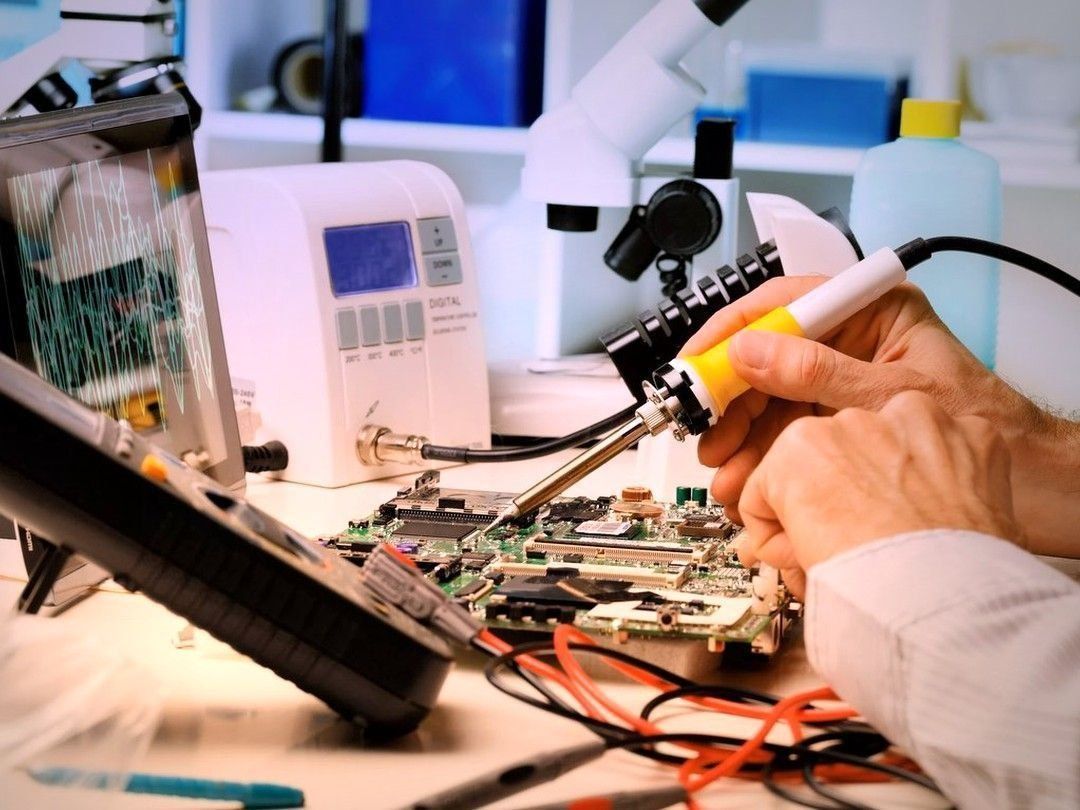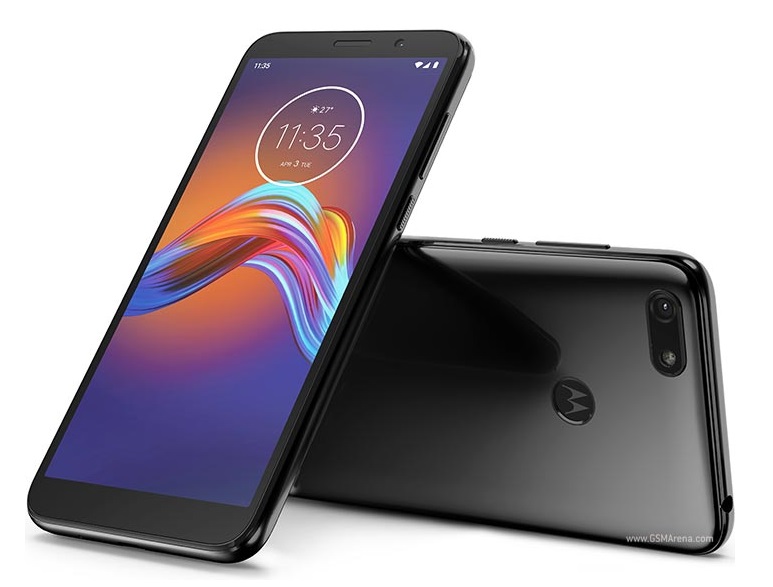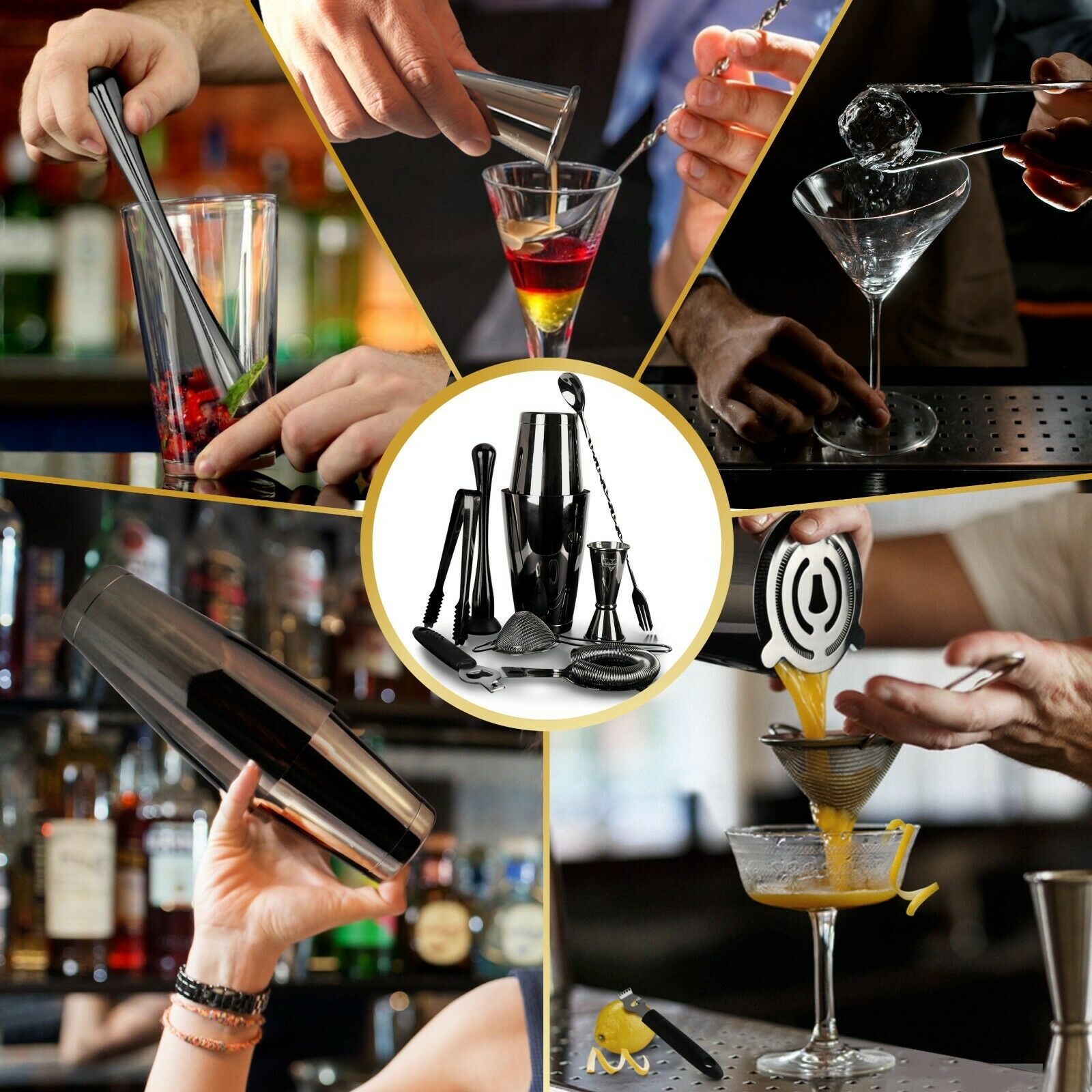Rating of the best LED panels for 2025
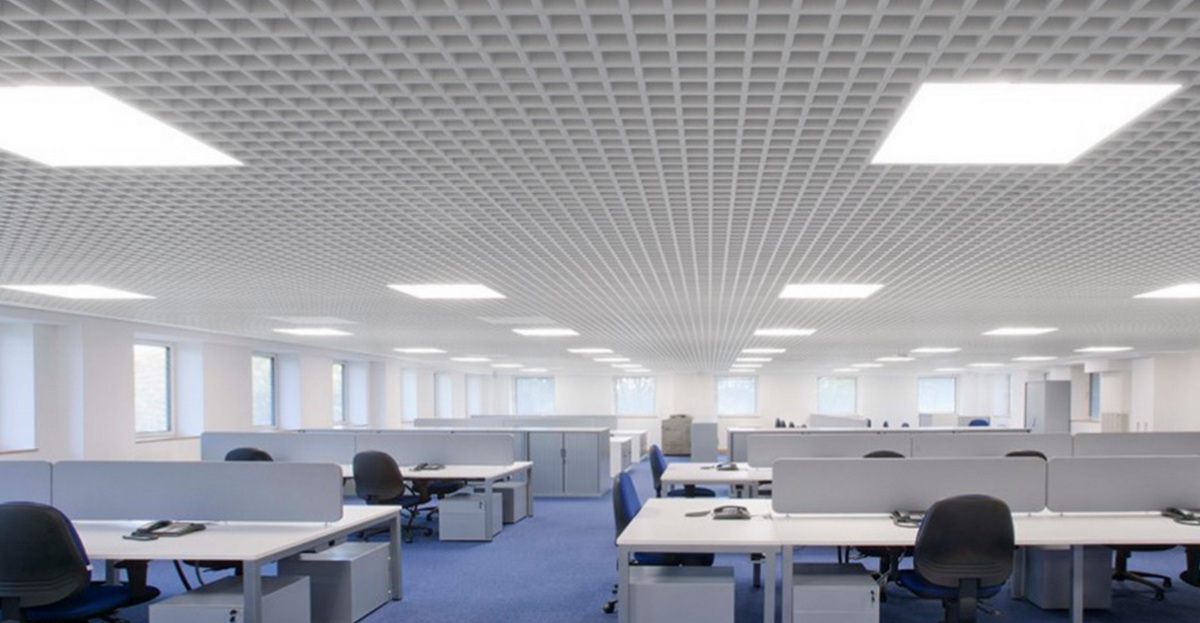
LED panels (they are also LED-panels) are considered one of the practical and stylish ways to illuminate rooms of various sizes and functional purposes. These lighting devices have a huge number of advantages, which include: easy use, safety, energy efficiency, small size. In addition, they are able to produce high-quality light for a long working period. As a result, in today's market, these devices have gained well-deserved popularity.
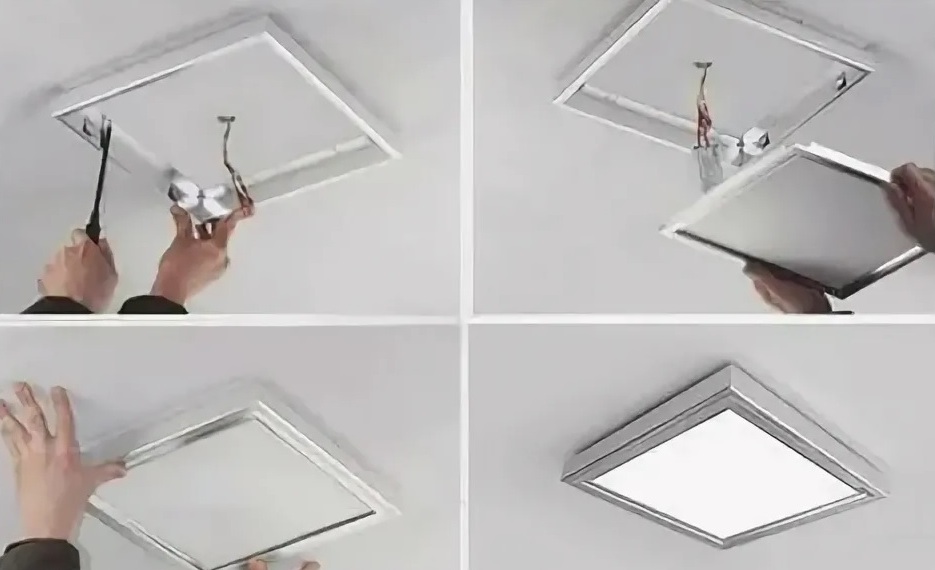
Content
- 1 LED panels - general information
- 2 Classification of LED panels
- 3 Areas of use of LED panels and their main technical parameters
- 4 Determination of color temperature for different types of rooms
- 5 Advantages and disadvantages of LED panels
- 6 Energy Efficiency of LED Panels
- 7 Difficulties of choice
- 8 Mounting Variations
- 9 Rating of the best LED panels for 2025
- 9.1 Square (rectangular) models
- 9.2 Round (oval) models
- 9.2.1 4th place: "REV SuperSlim Round, round Ф300mm, 24W, 4000К 28947 0"
- 9.2.2 3rd place: "APEYRON 220V, 24W, CRI:80Ra, 1920Lm, Ф 220/208mm 06-56"
- 9.2.3 2nd place: "Apeyron invoice, aluminum case, isolated driver, DN 06-43"
- 9.2.4 1st place: "Apeyron built-in round 15829809 aluminum case, insulated driver DN 06-24"
- 10 Conclusion
LED panels - general information
The body of such lamps acts as a supporting element, which contains all other components. It can be made of plastic / metal, which will depend on the design features of a particular model. LEDs are mounted on the walls on the side and are located opposite each other around the entire perimeter of the case. Outside the panel there is a light-conducting lens, and on the back there is a special cover, through which the interior of the lamp is covered and due to which the internal components are protected.An internal diffuser and a reflective film are also installed inside. In addition to the described elements, a special driver can be enclosed in the case, with the help of which the device is switched on and operated when it is directly connected to the mains.
Simply put, the design of the LED panel is a kind of "sandwich" and consists of:
- Thin-walled housing that covers and protects internal parts while providing rigidity;
- Special seal;
- Lenses with special notches;
- An optical element made of acrylic, with a printed pattern, which forms a stream of light in the form of waves;
- White plastic reflector;
- LED strip (or ruler).
Classification of LED panels
In terms of technical parameters, the devices in question may differ in form and purpose.
By shape
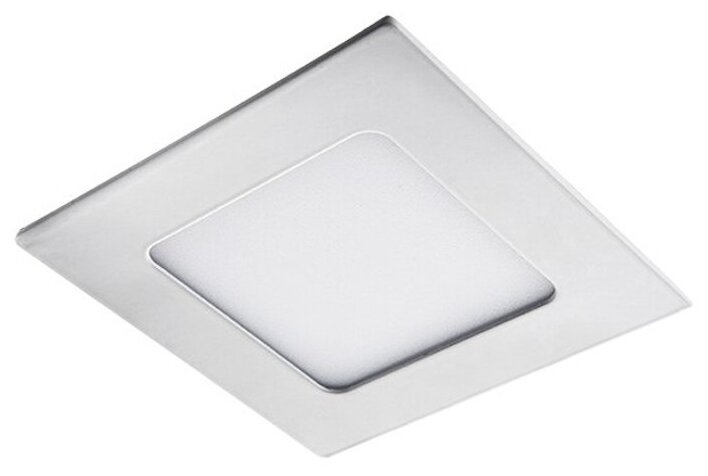
Panels can be rectangular, square, round or oval. Their size can vary, and the average thickness of popular models is 14 millimeters. It should be noted that the shape and dimensions of the product used are always dependent on the size of the room where it will be installed. Thus, the above forms have the following features:
- Rectangular - they are best suited for installation in offices and offices with long tables, because it will be easier to get high-quality and uniform lighting for all work areas.
- Square - the size standard for these forms is 60 x 60 centimeters, which indicates their versatility. They are used in rooms with any layout and arrangement of furniture.
- Round - this shape is especially convenient for a suspended type of installation.By means of lamps of this form, it is possible to form original design compositions in the interior. However, round fixtures have a slightly smaller lighting effect due to their geometry.
- Oval - they are just a variation of the round ones and are also better suited for decorative lighting or for organizing lighting of local work areas.
By device and purpose
Typically, LED panels are used for outdoor advertising or indoor space lighting. Ceiling versions are traditionally installed in interior spaces, mainly to replace classic fluorescent lamps while reducing energy costs. The thickness of the ceiling models allows them to be used even in rooms with low ceilings. It is also allowed to place them on suspended and stretch ceilings, walls. Advertising panels are always large, installed only vertically and have an increased protection class (at least 65th), because they are usually exposed to adverse weather conditions.
Areas of use of LED panels and their main technical parameters
As a rule, the considered devices are installed in the premises of the following types:
- residential;
- Office;
- Public (hospitals, schools, authorities);
- Trade (large shops and supermarkets);
- production;
- Warehouse.
And outdoor advertising panels have long pushed the famous neon signs out of the market.
The main technical parameters possessed by diode panels are:
- Brightness - the quality of the glow of individual elements;
- Illumination - the maximum covered area;
- Power - the strength of the glow;
- Color temperature and color rendering index - measured in Kelvin and Lumens, respectively;
- Required type of power supply - from an independent source or from the mains.
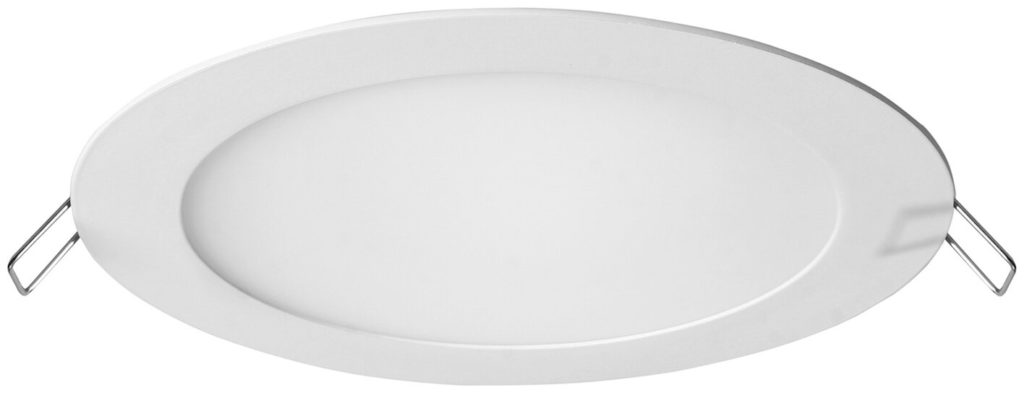
Determination of color temperature for different types of rooms
LED panel devices can produce light of various shades that are suitable for lighting rooms for a particular purpose. From this it is clear that an appropriate color temperature must be selected for each room (the lower this indicator, the more yellow and warmer the outgoing light will be). This parameter is defined in Kelvin and the following rating of values can be built:
- 6000K - cold white;
- 4000K - neutral white;
- 3000K - warm white;
- 2700K - warm yellow.
Experts recommend using warm white and warm yellow shades in the living rooms of residential buildings and apartments, bedrooms, recreation areas and restaurants - in general, wherever the atmosphere contributes to a pleasant pastime, rest and relaxation. Cool white light will improve concentration, so it is more often used in medical institutions or assembly shops in the industrial sector. However, it is rather difficult to stay in such a light for a long time. Neutral white light is best suited for office work - it does not tire a person and at the same time increases his efficiency.
Advantages and disadvantages of LED panels
Their undoubted advantages include:
- Simple installation, which clearly increases their popularity, because the installation process is clearly simpler than that of fluorescent lamps;
- Less energy consumption allows you to optimally reduce cash costs (the use of panels, as a rule, reduces costs by half compared to conventional light sources);
- Through the lighting effects of LED panels, it is possible to harmoniously, aesthetically and originally decorate any room in a designer style;
- With the help of panels, you can divide the area of \u200b\u200bthe room into separate zones, while highlighting or hiding certain places;
- The even and bright light of these devices is successfully combined with light from conventional sources;
- Due to the fact that LEDs can change the emitted colors of the stream, this property will allow you to change the saturation and brightness of various color gamuts;
- Typically, devices are made in enlarged formats, are characterized by increased practicality, and have excellent performance. The classic medium-sized model is able to provide sufficient light for an area of 50 square meters;
- Their maintenance does not cause any particular problems, nor will it be necessary to frequently change the light sources in the device.
However, these products also have a number of disadvantages:
- High cost - today the equipment in question is the most expensive among lighting fixtures.
- Mandatory use of a transformer (power supply). This is a necessity, since LEDs require a voltage of 12 to 36 Volts, therefore, the energy flow supplied from the mains should be limited. However, reduced voltage reduces the risk of fire hazard manifestations of electric current.
- They may not always fit well into the interior - this is especially true for classic design styles such as baroque, early renaissance or victorian style.
Energy Efficiency of LED Panels
For convenience, this parameter can be compared with the indicator of gasoline consumption per 100 kilometers for a car. LED panels use Lumens per Watt (lm/W), which measures how much light is generated from 1 watt of energy. For ordinary incandescent lamps, this figure is 10-20 lm / W, and for LEDs it is already 120-170 lm / W.This shows that for the same unit of energy, the LED produces almost 6 times more light at the output.
Difficulties of choice
When purchasing LED panels, you should pay attention to the following points:
- The size of the crystal - the luminous flux will depend on this parameter, the best value is 1 Lumen;
- The presence of LED chips with increased performance - these are installed only in very expensive models from well-known brands and qualitatively increase the overall efficiency of the device;
- The material of manufacture of the internal diffuser - it must be sufficiently transparent and have good throughput;
- The presence of galvanic isolation is one of the most important elements in terms of fire safety;
- Degree of protection against moisture - especially important for the use of panels on the street or in baths and bathrooms (minimum class - IP65);
- The form of execution - it will depend on the geometry of the room and the need for full lighting or the allocation of separate working areas.
Separately, it is worth mentioning the price moment. Naturally, LED panels, as a modern product, have a high cost. This is especially true of well-known brands - their prices start at 2000 rubles. Accordingly, if the product costs less than 900 rubles, and the technical characteristics are declared at the upper limits, then this circumstance should make the buyer doubt the quality of such products.
Mounting Variations
The type of ceiling will determine how the panel will be installed. It is worth noting that this work will not be particularly difficult, but each option has its own specifics. As a result, the panels can be fixed in three ways:
- overhead;
- Embedded;
- Suspended.
Features of installation on classic ceilings
The lighting in question can be fixed both on a concrete and on a wooden surface by means of a cable fastening. Cables allow you to adjust the height of the lamp. Fasteners of this type are sold immediately complete with some types of panels, but it is not difficult to find them separately. The complexity of this installation method lies in the difficulty of applying the correct markup. It must be carried out with maximum accuracy, given that this will have to be done while holding the canopy of the device and standing on a ladder or stepladder. After marking the points, it is necessary to make holes in them in the ceiling for placing fasteners for cable suspensions there. Fixing will be done with self-tapping screws on plastic dowels. The final suspension will not cause problems.
If the cable method cannot be implemented, then fastening can be done using ordinary metal corners. Corners will need 8 pieces - 4 for the ceiling, 4 for the panel itself. Then each of the corners on the panel and on the ceiling are fastened together with screws.
Features of installation on false ceilings
It is necessary to indicate that initially LED panels were just designed for installation on ceilings of this type. All structures have a frame made of profiles, which, upon completion of installation, will mask all wiring. The installation procedure is very simple: a certain area of \u200b\u200bsheathing in one of the places of the frame is simply removed, after which a panel is mounted in the vacant place. The main thing here is to correctly fix the panel on the same level with the rest of the ceiling material.It is necessary to make holes for the panel itself very precisely, and to adjust the height it is allowed to use homemade plastic or wood linings.
Features of installation on stretch ceilings
This option is probably the most difficult, because it is necessary to accept the specifics of the device of such a ceiling, as well as the material for its manufacture. The main danger is that during installation work it can easily be deformed. Further, if the incision is made incorrectly, then such an incision can no longer be sealed and cannot be corrected. Therefore, it is better to install with a cable method with the possibility of height adjustment (i.e. the cables can be tightened in the future). Another way is to install special fastening structures on the metal profile in special places. Then stretch the ceiling, and then mount the panel on pre-installed fasteners. However, this method can only be applied at the design stage.
Rating of the best LED panels for 2025
Square (rectangular) models
4th place: "ERA SPL-5-40-6K S IP40"
This model is distinguished by high environmental safety, because it does not contain substances hazardous and harmful to human health and the environment that could be released during operation for a full service life. It consumes a minimum amount of electricity and can easily replace LPO 4 x 18. Scope of application: administrative and public premises, industrial and office buildings, shops and trade pavilions, lobbies, etc. The recommended cost for retail chains is 1240 rubles.
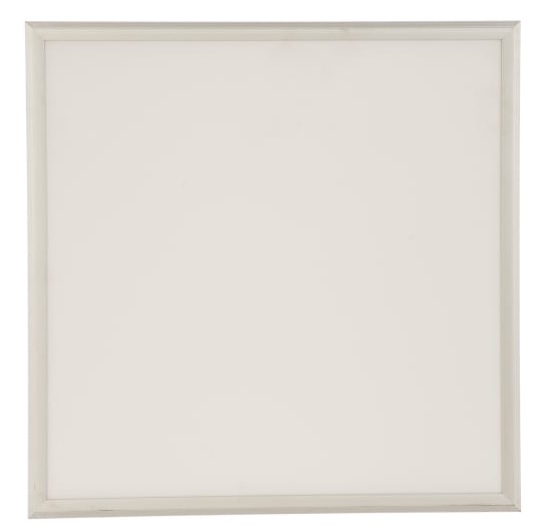
- Smooth light;
- Slim body;
- Availability of a driver.
- Not detected.
3rd place: "Apeyron built-in square 220V, 24W, aluminum case, insulated driver DN 06-34"
Sufficient standard model, designed for installation in conjunction with plasterboard suspended ceilings. Installation is possible at any stage - both during design and already on the finished ceiling. The latter will be facilitated by high-quality fasteners made of aluminum profiles. The product has a protection class of 40, produces natural white light at 5000 Kelvin. The recommended cost for retail chains is 1300 rubles.

- Easy installation;
- Bright light;
- The presence of an isolated driver.
- Not detected.
2nd place: Volpe ULP-Q101 6060-33W/NW SILVER 09915
Such a product is used for installation on suspended ceiling structures of the Armstrong type. The device is designed to illuminate administrative buildings and premises, office rooms, living rooms, educational (children's and preschool) and medical institutions, shops and trading floors of supermarkets, cinemas, canteens and cafeterias, street catering outlets and restaurants and much more. This sample provides significant savings in electrical energy and has a long service life, due to which it will be an excellent alternative to standard fluorescent lamps based on raster lamps. The recommended cost for retail chains is 2600 rubles.

- Ultra-thin rugged body;
- Long service life;
- Low pulsation coefficient of the light flux.
- Not detected.
1st place: "TDM SQ0329-0026"
Ultra-thin LED panel, chrome TDM SQ0329-0026 is intended for general lighting of cabinets, offices, shops and public spaces. Degree of protection - IP20 assumes the use of the lamp at objects with a normal level of moisture and dust. It can be installed on ceilings and walls by almost any mounting method (embedded, overhead and suspended). The diffuser is made of polymer material, which provides uniform light without extraneous flicker. Operating voltage range - 100-240V. Panel dimensions - 295 x 14 x 1195 millimeters. The recommended cost for retail chains is 2750 rubles.

- Reliable case;
- Highly efficient heat sink;
- Small ripple factor.
- Low protection class.
Round (oval) models
4th place: "REV SuperSlim Round, round Ф300mm, 24W, 4000К 28947 0"
The classic version of the round built-in model, focused on installation in suspended plasterboard ceilings. The main body is made of durable metal, and the ceiling itself is made of high-quality plastic with a sufficient level of permeability. The emitted light has a shade of natural white, and its chromaticity is 3000 Kelvin. Protection class - 20th, which means successful resistance to dust pollution. The product is covered by a two-year warranty. The recommended cost for retail chains is 1180 rubles.

- Adequate price;
- The presence of a remote driver;
- Easy installation.
- Small coverage area.
3rd place: "APEYRON 220V, 24W, CRI:80Ra, 1920Lm, Ф 220/208mm 06-56"
Another representative of built-in models, which is intended for use in workspaces. Its LEDs emit a cool white light that allows a person to concentrate as much as possible. With the help of pre-installed fasteners, the sample is easily installed on a false ceiling. The body is made of aluminum profile, the ceiling has a soft matte color, which ensures reliable penetration of the light flux. The recommended cost for retail chains is 1290 rubles.
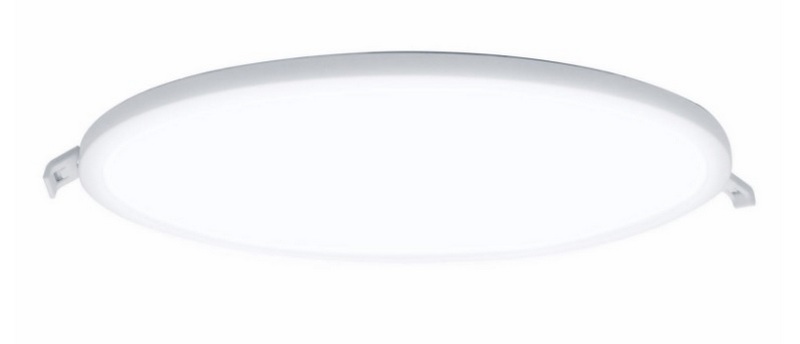
- Matte color diffuser;
- Reliable factory-made fasteners;
- Housing made of high quality aluminum;
- Product from a well-known brand.
- Not detected.
2nd place: "Apeyron invoice, aluminum case, isolated driver, DN 06-43"
This panel is installed overhead on standard ceilings or suspended. Vertical wall mounting is also possible. The body is made of durable metal, and the diffuser is painted in a soft matte color. The model has a protection class of the 40th level and can produce a maximum color of 5000 Kelvin. The design provides for an isolated driver. The recommended cost for retail chains is 1310 rubles.

- Rugged housing;
- Bright light;
- Ability to create a chain of several identical models.
- All LEDs are on the same bus.
1st place: "Apeyron built-in round 15829809 aluminum case, insulated driver DN 06-24"
This sample is recommended for installation in the office as the main source of illumination.The panel emits a pleasant white light that creates a relaxed working environment. The product is characterized by a long service life. Features a sturdy aluminum body and an insulated driver. The recommended cost for retail chains is 1450 rubles.

- Excellent energy saving properties;
- Bright light;
- Stylish design.
- It is not possible to connect a dimmer.
Conclusion
LED panels are ideal for lighting home spaces of various sizes, and they have no restrictions on ceiling heights. If an extremely expensive model is purchased, and the ceiling has critical features, then it is better to entrust the installation to a specialist. It is worth remembering that high-quality installation will affect the life of the product.
If we talk about the commercial use of LED panels, then they are perfect for supermarkets and shopping centers, industrial enterprises and production shops, as well as for use as advertising signs. Their installation is possible in almost any position, and the energy consumption for them will be much less. Considering that the average thickness of the product is 1 centimeter, the dimensions of the installation site will practically not play a role.
new entries
Categories
Useful
Popular Articles
-
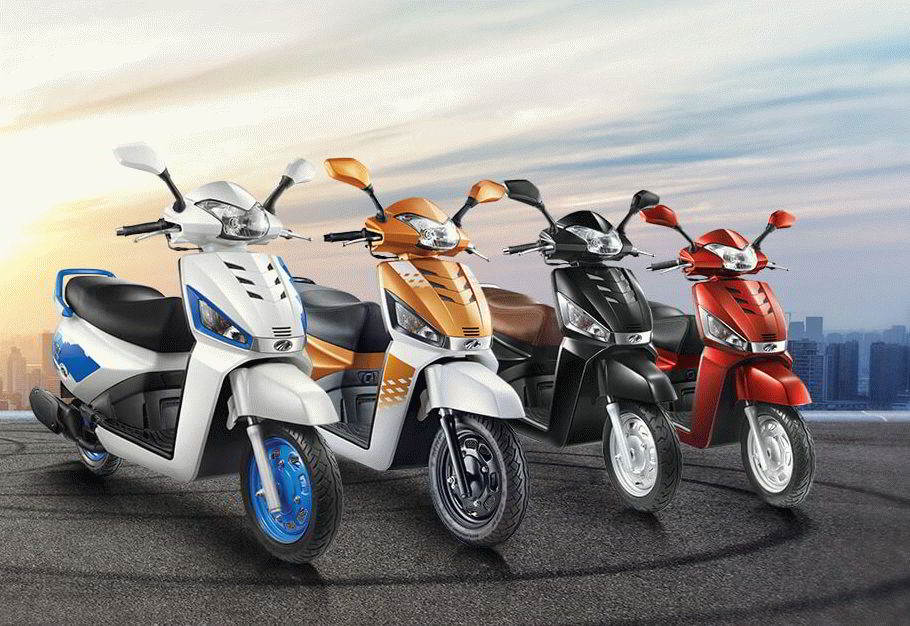
Top ranking of the best and cheapest scooters up to 50cc in 2025
Views: 131652 -
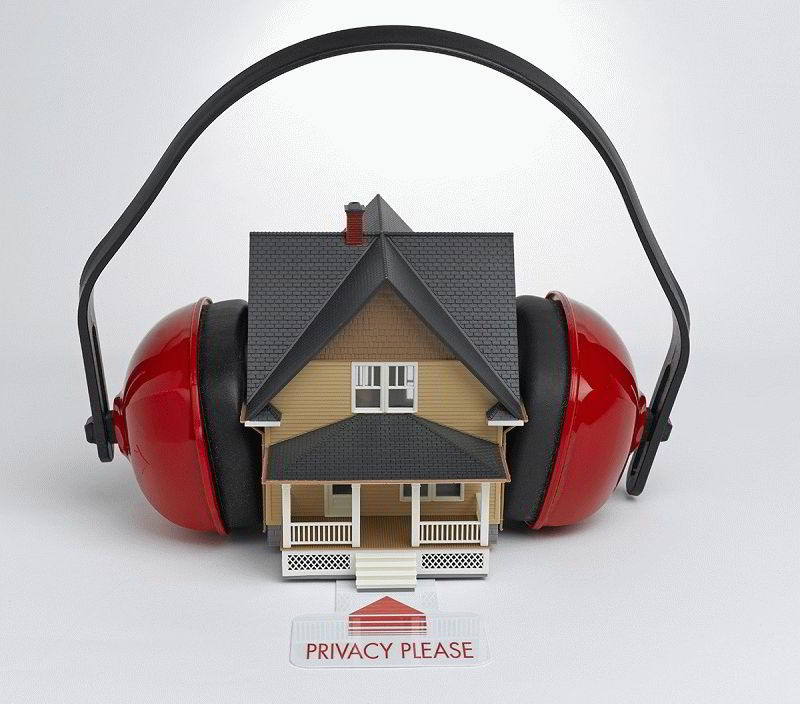
Rating of the best soundproofing materials for an apartment in 2025
Views: 127693 -

Rating of cheap analogues of expensive medicines for flu and colds for 2025
Views: 124520 -
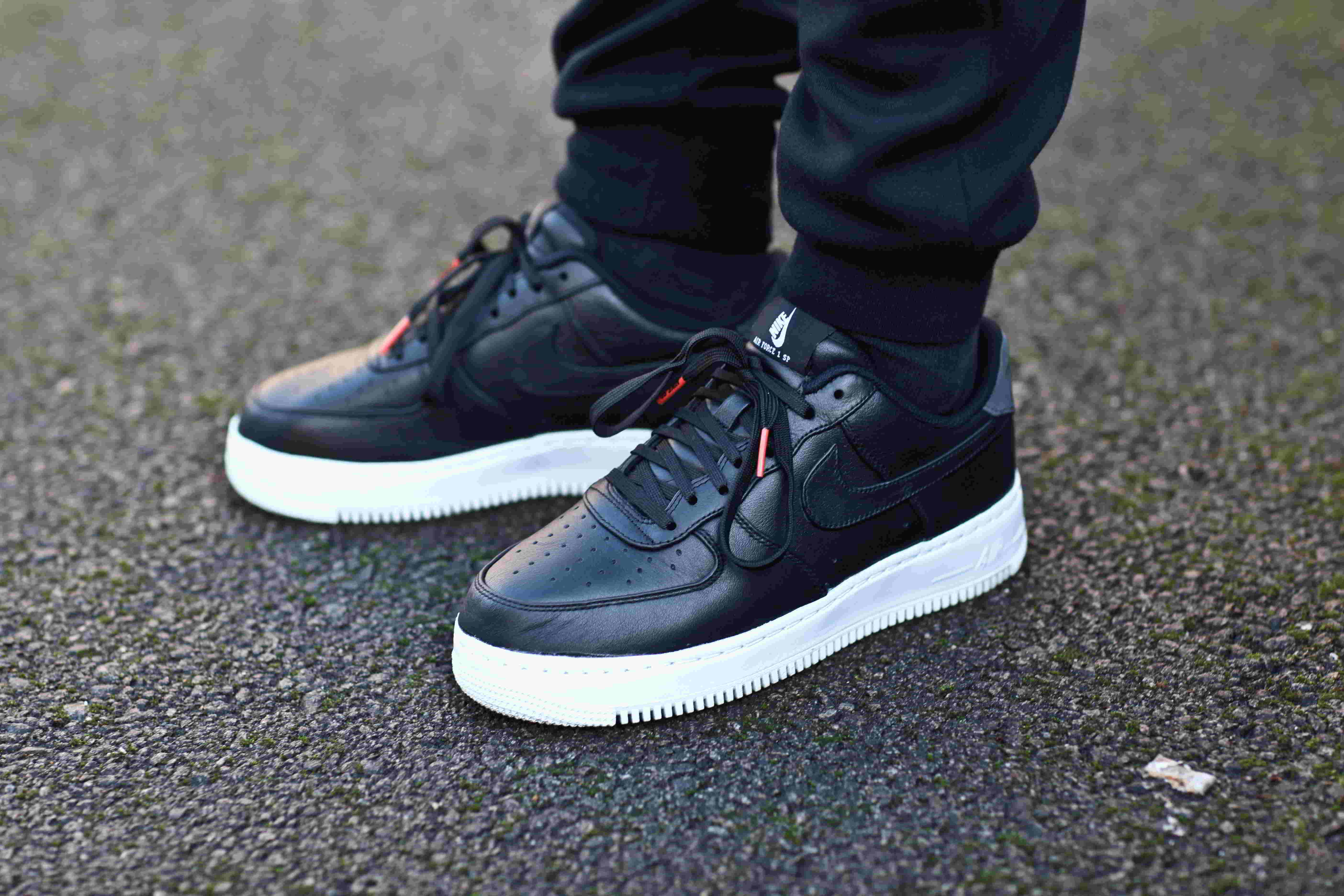
The best men's sneakers in 2025
Views: 124035 -

The Best Complex Vitamins in 2025
Views: 121941 -

Top ranking of the best smartwatches 2025 - price-quality ratio
Views: 114981 -

The best paint for gray hair - top rating 2025
Views: 113396 -

Ranking of the best wood paints for interior work in 2025
Views: 110320 -
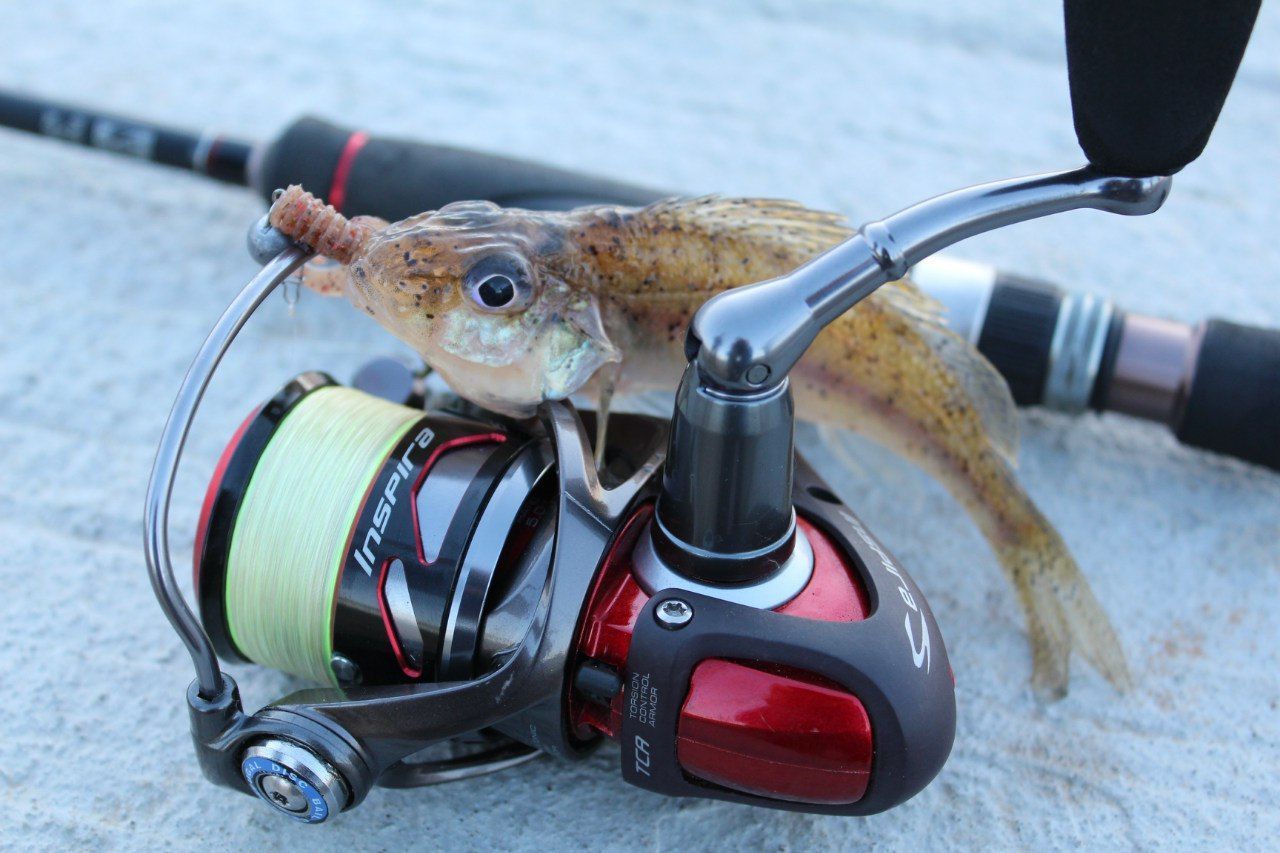
Rating of the best spinning reels in 2025
Views: 105331 -

Ranking of the best sex dolls for men for 2025
Views: 104369 -
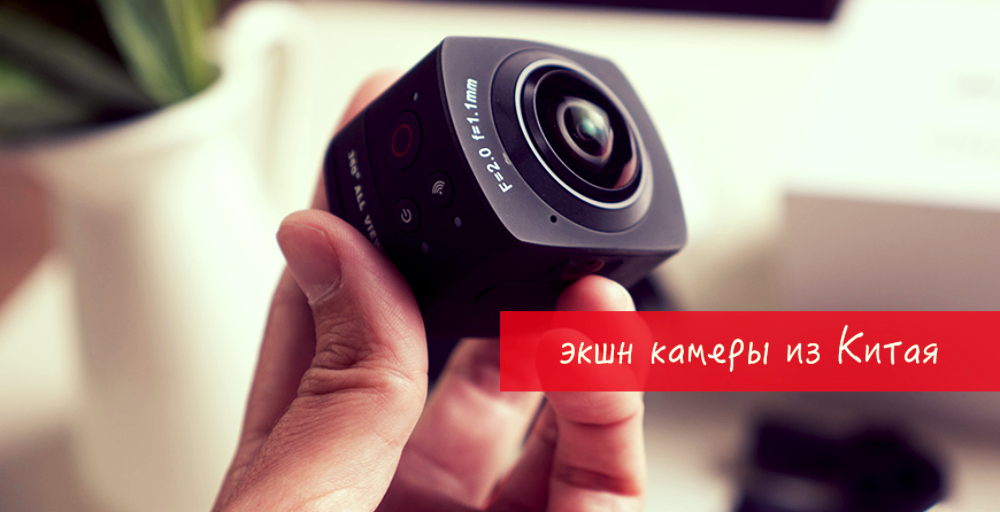
Ranking of the best action cameras from China in 2025
Views: 102217 -

The most effective calcium preparations for adults and children in 2025
Views: 102012
